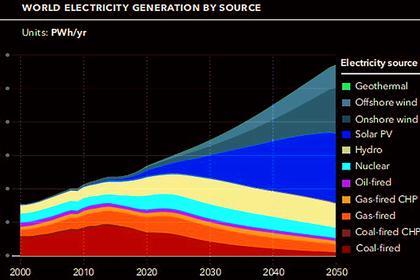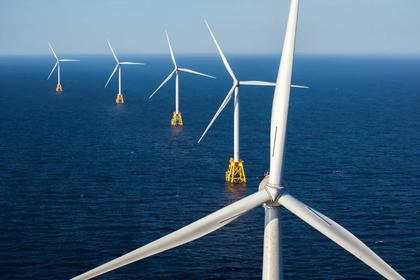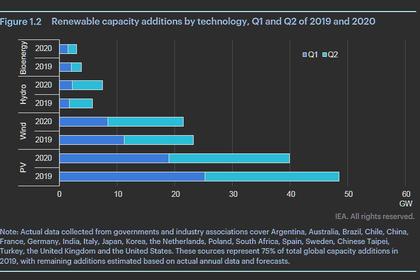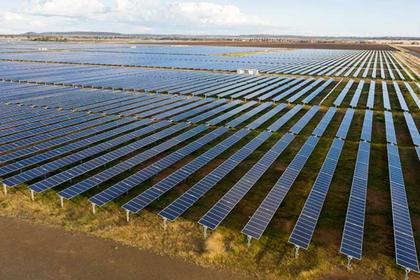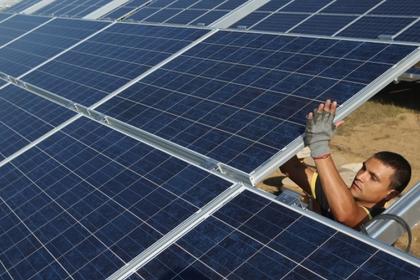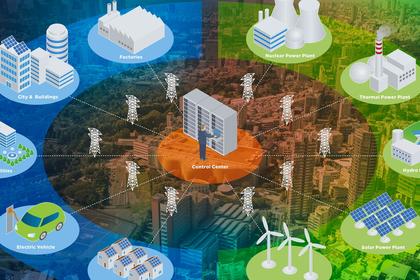
RENEWABLE ENERGY FLEXIBILITY
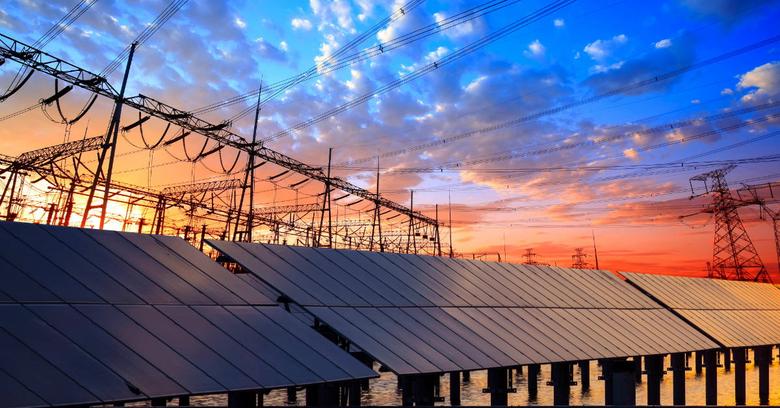
By Gerard Reid Partner Alexa Capital
ENERGYCENTRAL - Installations of renewable energy sources, mainly wind and solar, have been growing strongly for the last fifteen years. We expect that growth will accelerate as renewables are today the most economical option for providing clean energy, cutting carbon emissions and slowing down the impact of climate change. However, renewables alone will not be enough to deliver a safe and reliable electricity supply. The way to climate neutrality has to be paved by a multitude of technologies, approaches and market mechanisms. Within this mix, flexibility stands out as one of the essential features of the energy system of the future.
The current electricity system has been built up steadily over the past 100 years. The recent build-out in renewables has caused significant changes to this system. Traditionally, generation has followed demand, ready to supply any quantity at any point in time in any corner – of the developed world. As the system accrues a higher proportion of variable renewables, there is an imperative for demand to follow supply to harvest the resources provided by nature most effectively. Meaning, consumption should be focussed when power is abundant and cheap and reduced or delayed otherwise. The Californian now-infamous Duck Curve (i.e. the need for massive amounts of fossil fuels generation to be put onto the system when the sun goes down) is now a reality in many countries around the world. The approach to the issue needs to change, instead of feeding this Duck with fossil fuels, we now need to get rid of it altogether. A way to achieve this? Through flexibility.
Flexibility is a state of mind: it implies the readiness to abandon old ways of thinking and embrace new ones; for instance, by creating new market mechanisms that enable technologies such as batteries, hydrogen, and vehicle to grid to be effectively used. Flexibility is about the ability, supported by technologies, of participants to dynamically interact among themselves to maximize resources, minimize costs, as well as increasing resilience, energy security and safety.
One essential venue for flexibility deployment is the power grid. One of the main tasks of the grid operator has always been to keep the electricity system stable in balance. They have traditionally used tools such as spinning reserves which enable generation to respond quickly to changes in demand. In recent years, grid operators have added new tools and approaches to manage the increasingly challenging task of keeping the system stable. In some countries, grid operators have gone a long way to reinventing their practices, while in many others, they are still on an incremental pathway. With increasing shares of renewable in the system, flexibility services will become available at all voltage levels and involve both the demand and the generation side.
It is time for flexibility to be embedded in energy system planning and design in a meaningful way. All market and system participants need to identify and play a well-defined role in developing and contributing flexibility services through new business models if necessary. For this to happen, the electricity markets, currently designed for a fossil-fuel world, are no longer fit for purpose; they need to be reshaped to reward flexibility and dispatchability. With flexibility accounted and planned for within the system, we can accelerate the energy transition and speed up the electrification of several sectors in a cost-efficient way.
-----
This thought leadership article was originally shared with Energy Central's Energy Collective Group. The communities are a place where professionals in the power industry can share, learn and connect in a collaborative environment. Join the Energy Collective Group today and learn from others who work in the industry.
-----
Earlier:
